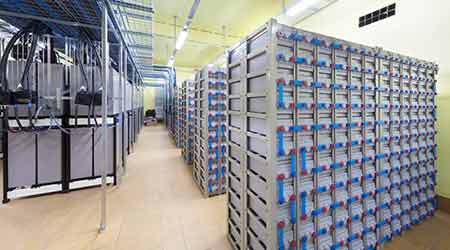Alternative Power Systems: Know the Differences
Per the National Electrical Code (NEC), alternative sources of power are divided into three categories: emergency, legally-required stand-by, and optional stand-by.
The terms “emergency,” “back-up,” and “stand-by” are frequently used interchangeably to describe an alternative power system. Misuse of the terms may lead to confusion or improper installation. Per the National Electrical Code (NEC), alternative sources of power are divided into three categories: emergency, legally-required stand-by, and optional stand-by. All have different purposes and requirements.
Approval and test requirements vary among these systems. A single generator system can be utilized to supply all types of systems, but wiring must be independent throughout the building. Therefore, building owners, property managers, and tenant design teams must be cautious when connecting to loads. For example, an optional stand-by load must not be connected to a panel that is part of an emergency system.
Emergency systems are governed by NEC Article 700 and must supply power to loads essential to the safety of human life. Power must be supplied within 10 seconds of a utility failure. Such loads include designated lighting fixtures, fire alarms, elevators, and fire pumps.
Legally required stand-by systems are governed by NEC Article 701 and must supply power to loads that, if stopped, would create hazards or hamper firefighting and rescue operations. Power must be supplied within 60 seconds of a utility power failure. Such loads include ventilation, smoke control, communications, industrial processes, and other heating/refrigeration systems.
Optional stand-by systems are governed by NEC Article 702 and can be used to supply power to any loads not determined to be “emergency” or “legally required.” There is no time requirement for how soon power needs to be supplied. These systems are typically used to prevent economic loss and discomfort to occupants.
Todd Frederick, PE, LEED AP BD+C, is a technical authority at Environmental Systems Design, Inc., Chicago, working regularly with large financial services firms.
Email comments and questions to edward.sullivan@tradepress.com.
Related Topics:

















